Could One of These Designs be the Future of the “#1 Ball in Golf”?
This has been a good week for interesting golf ball IP. Just yesterday an Acushnet patent application was published as US Publication No. 20090181805 titled “Golf Ball Surface Patterns Comprising Variable Width/Depth Multiple Channels,” and it will blow your mind. Will we see one of these on Tour soon?
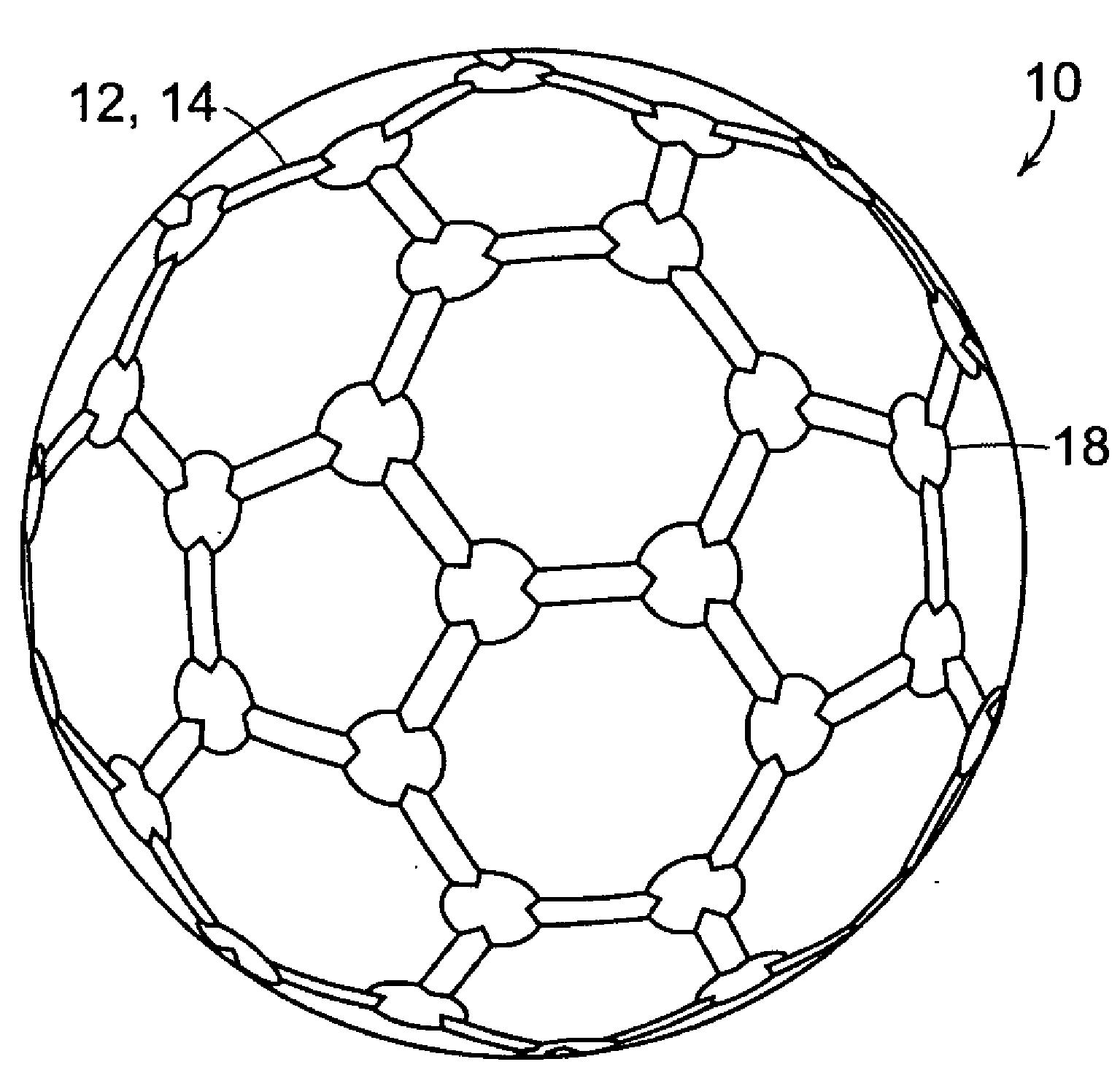
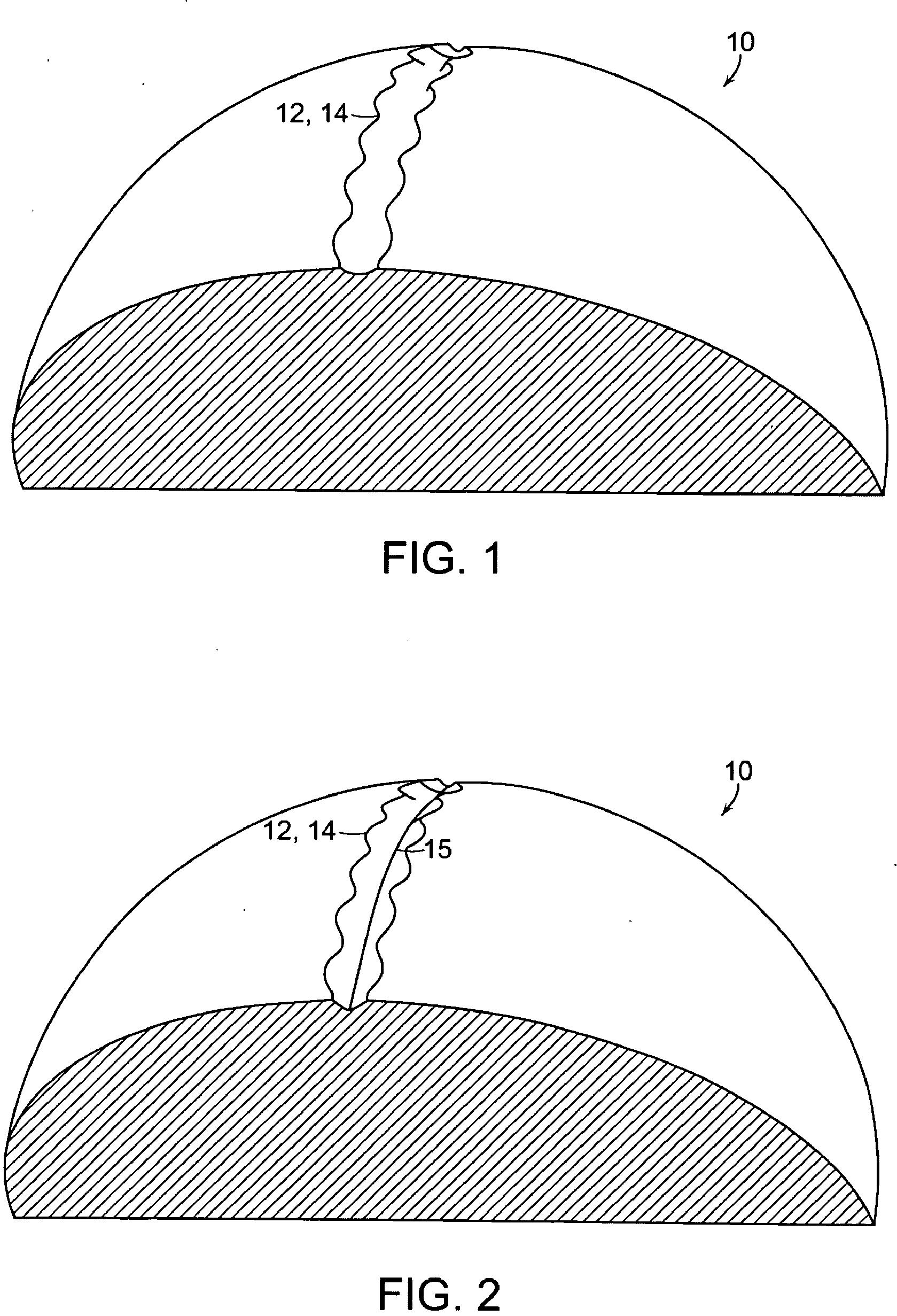
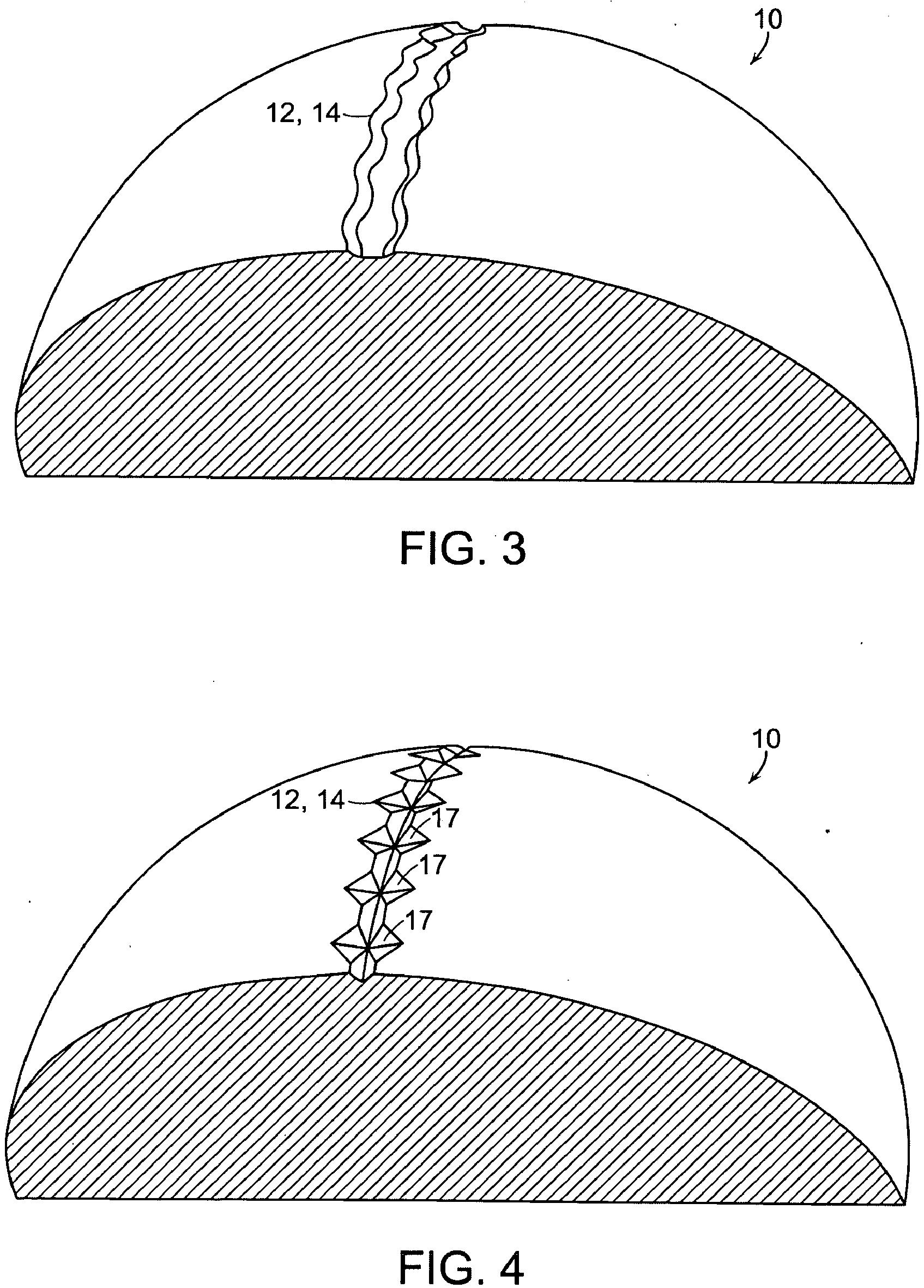
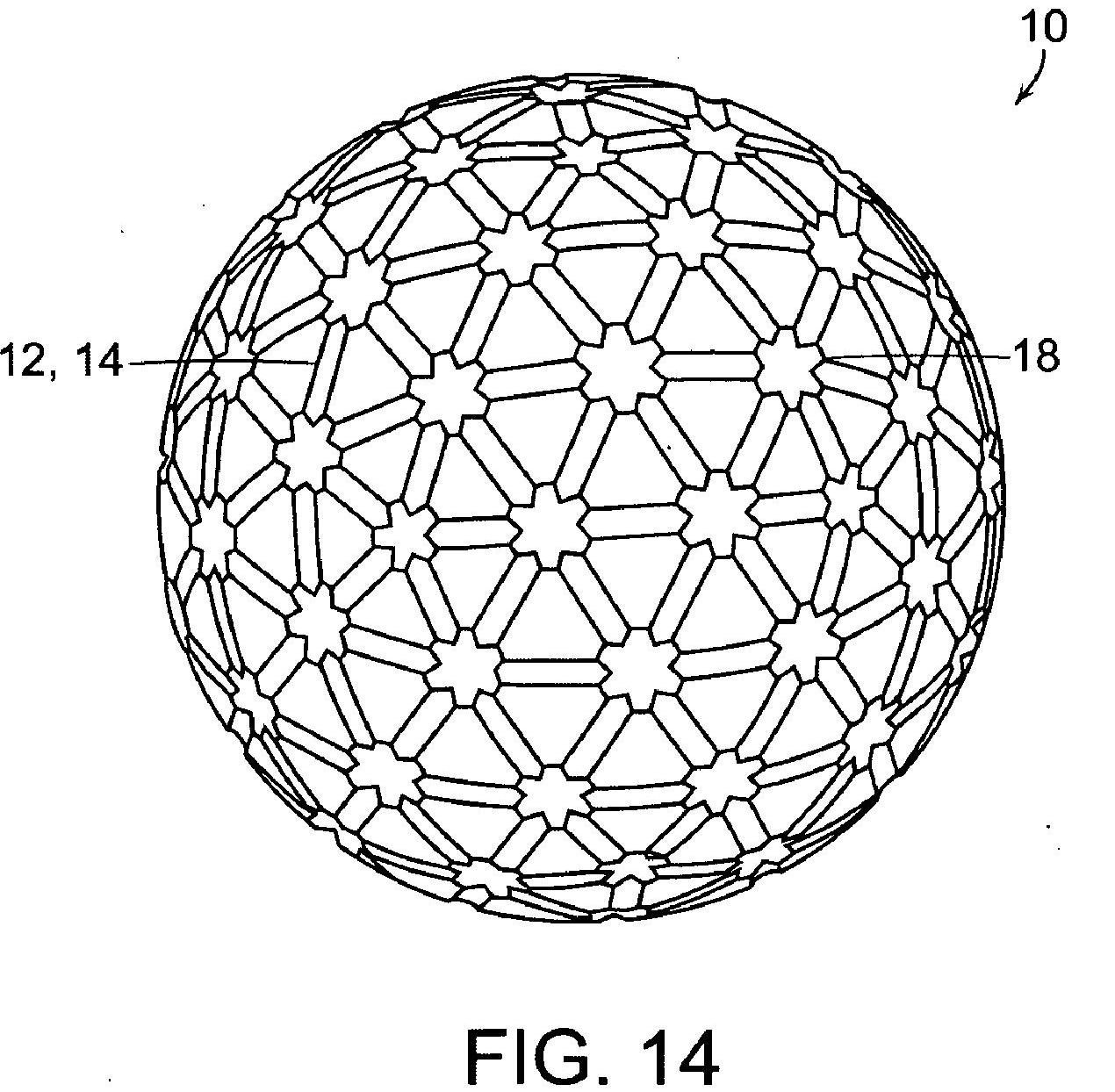
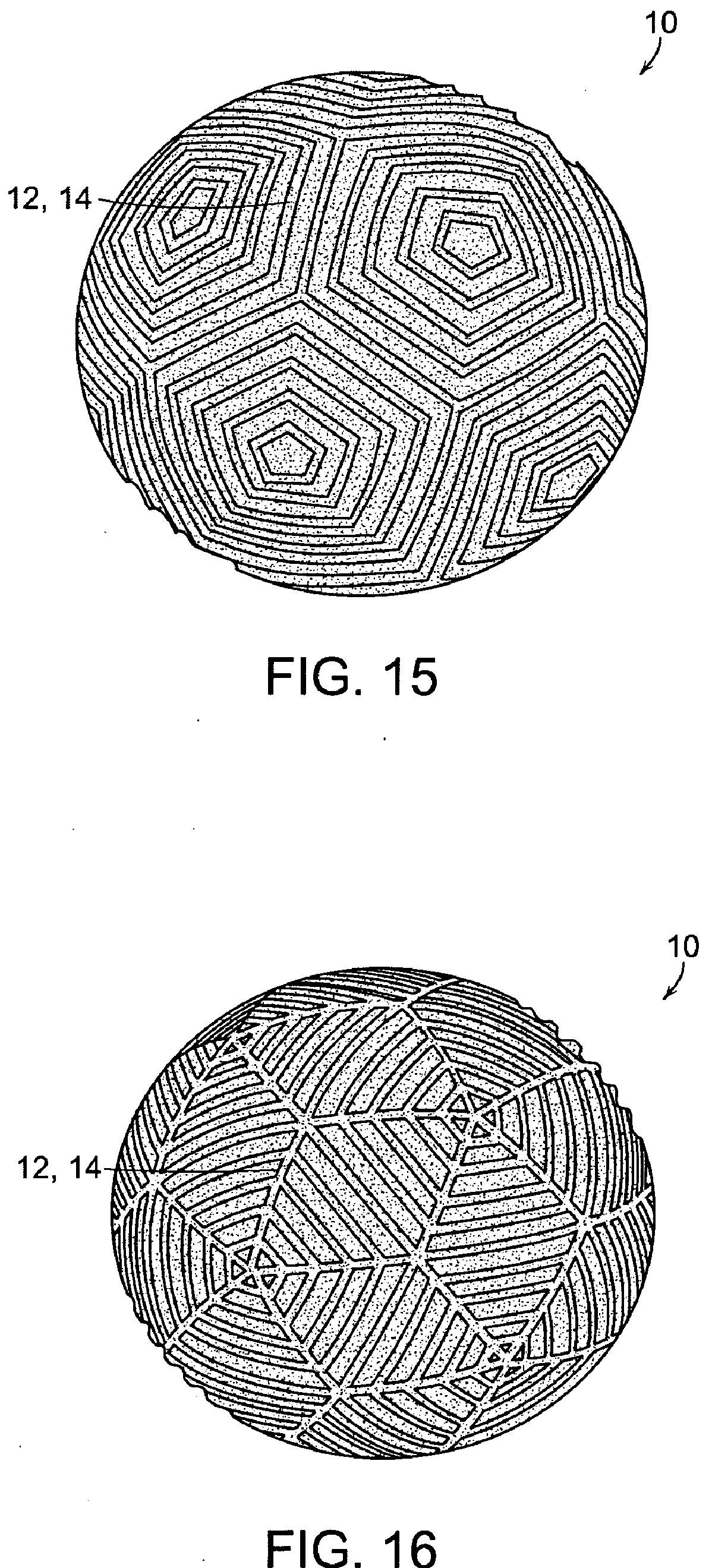
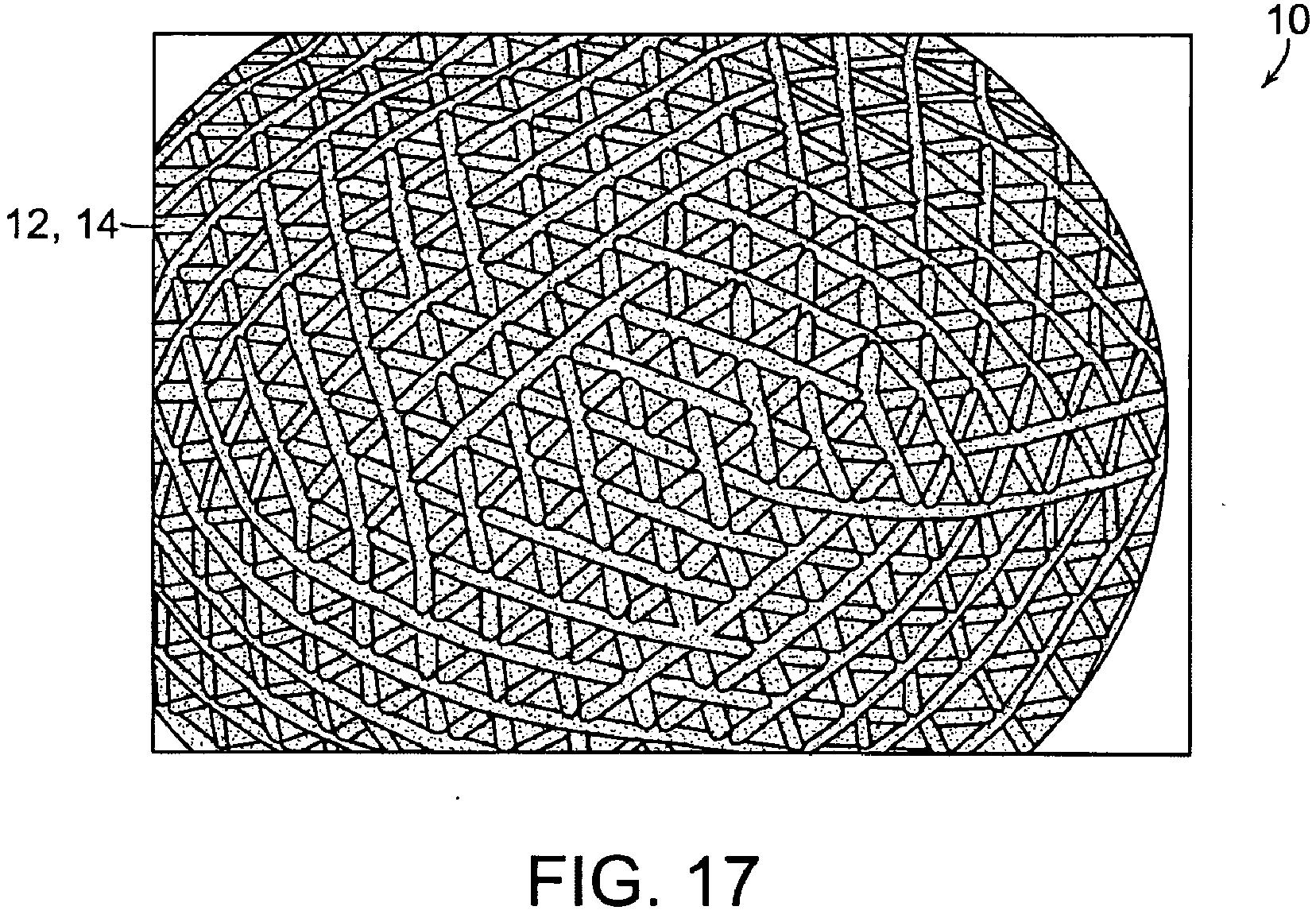
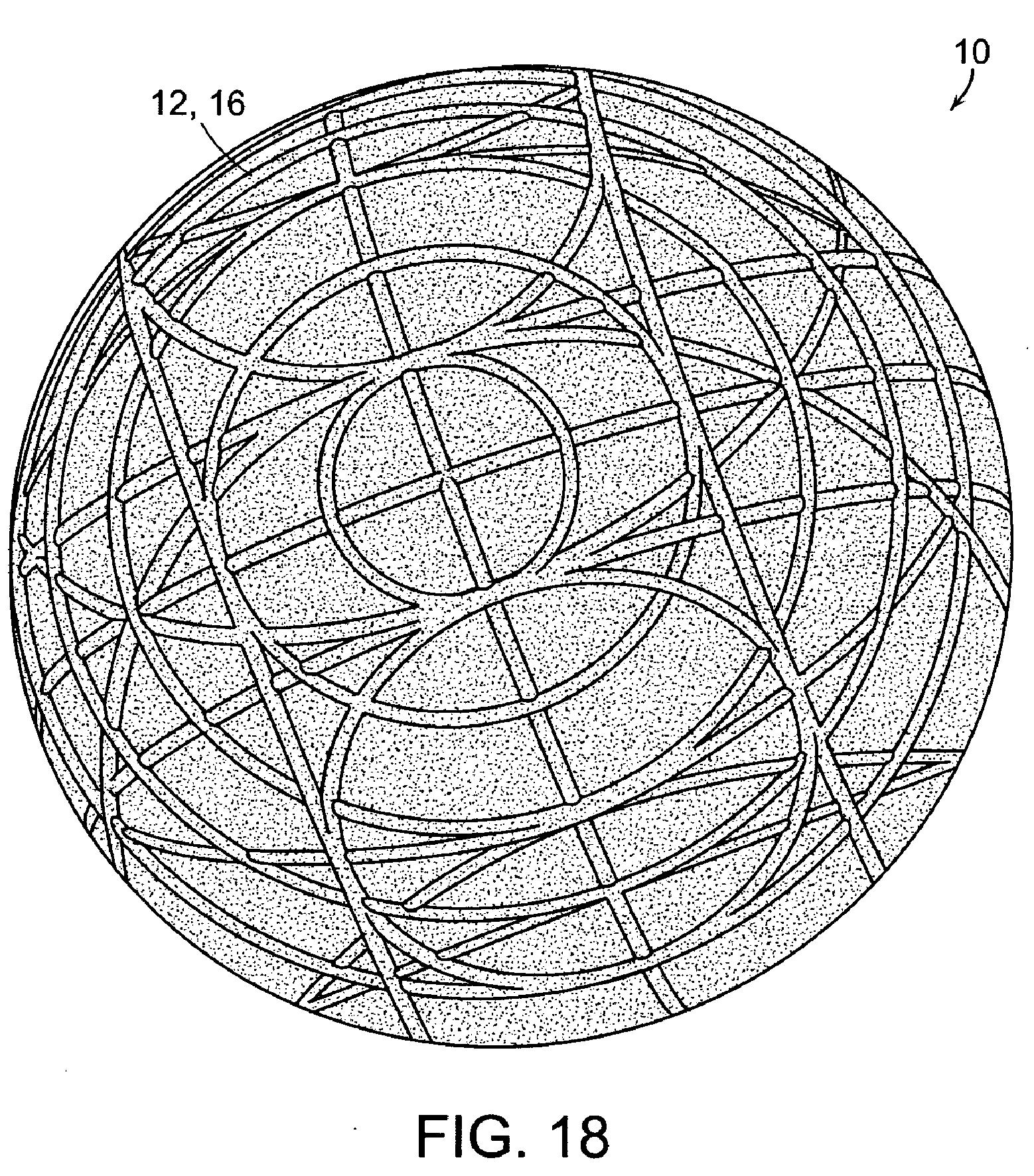
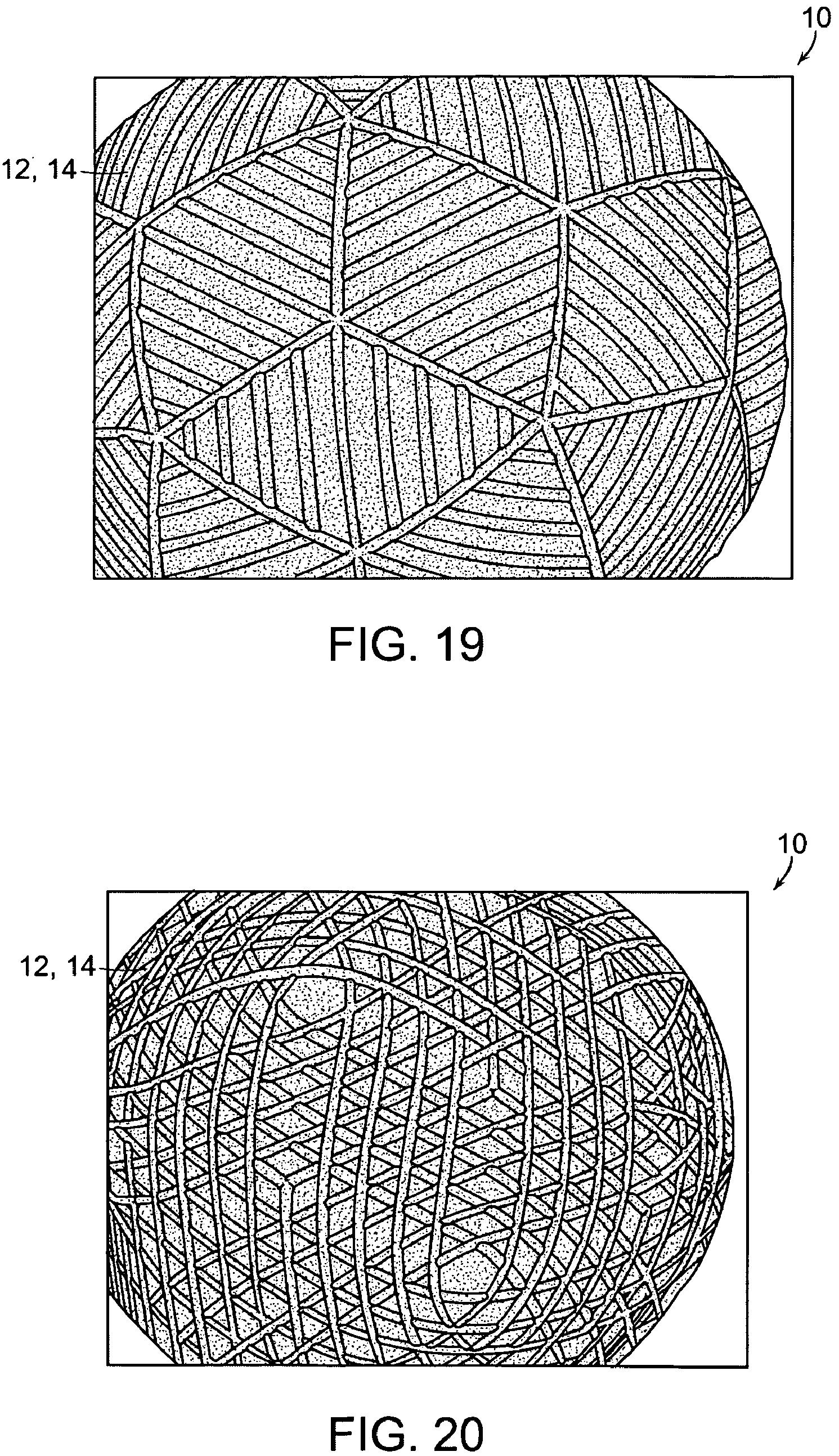
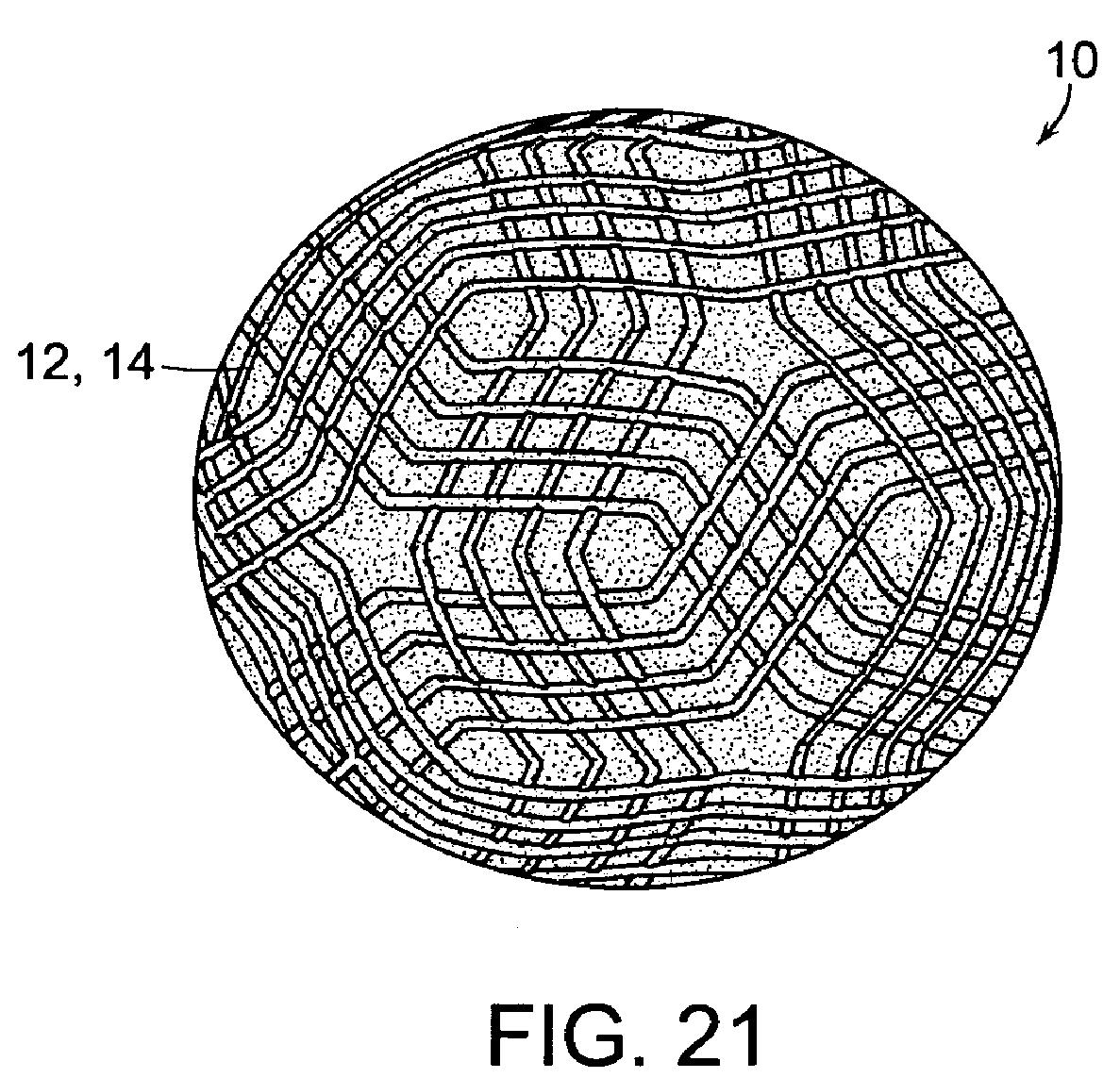
The application’s abstract describes the invention as:
A golf ball having an improved surface pattern is disclosed. The golf ball has one or more bands on its surface. These bands may be either channels or raised beads. The bands have variable widths and/or heights/depths, either within the same band or between bands. These bands may decrease drag, or may increase lift. These bands may be linear, or may be curved, and may or may not fully circumscribe the golf ball. These channels or ridges may also be combined with traditional or non-traditional dimples.
If you need to brush up on your golf ball aerodynamics, here you are:
[0003] Golf balls generally include a spherical outer surface with a plurality of dimples formed thereon. Conventional dimples are circular depressions that reduce drag and increase lift. These dimples are formed where a dimple wall slopes away from the outer surface of the ball forming the depression.
[0004] Drag is the air resistance that opposes the golf ball’s flight direction. As the ball travels through the air, the air that surrounds the ball has different velocities, thus different pressures. The air exerts maximum pressure at a stagnation point on the front of the ball. The air then flows around the surface of the ball with an increased velocity and reduced pressure. At some separation point, the air separates from the surface of the ball and generates a large turbulent flow area behind the ball. This flow area, which is called the wake, has low pressure. The difference between the high pressure in front of the ball and the low pressure behind the ball slows the ball down. This is the primary source of drag for golf balls.
[0005] The dimples on a traditional golf ball cause a thin boundary layer of air adjacent to the ball’s outer surface to flow in a turbulent manner. Thus, the thin boundary layer is called a turbulent boundary layer. The turbulence energizes the boundary layer and helps move the separation point further backward, so that the boundary layer stays attached further along the ball’s outer surface. As a result, there is a reduction in the area of the wake, an increase in the pressure behind the ball, and a substantial reduction in drag. It is the circumference of each dimple, where the dimple wall drops away from the outer surface of the ball, which allows dimples to create the turbulence in the boundary layer.
[0006] Lift is an upward force on the ball that is created by a difference in pressure between the top of the ball and the bottom of the ball. This difference in pressure is created by a warp in the airflow that results from the ball’s backspin. Due to the backspin, the top of the ball moves with the airflow, which delays the air separation point to a location further backward. Conversely, the bottom of the ball moves against the airflow, which moves the separation point forward. This asymmetrical separation creates an arch in the flow pattern that requires the air that flows over the top of the ball to move faster than the air that flows along the bottom of the ball. As a result, the air above the ball is at a lower pressure than the air underneath the ball. This pressure difference results in the overall force, called lift, which is exerted upwardly on the ball. The circumference of each dimple is important in optimizing this flow phenomenon, as well.
[0007] By using dimples to decrease drag and increase lift, almost every golf ball manufacturer has increased their golf ball flight distances. In order to improve ball performance, it is desirable to have a large number of dimples, hence a large amount of dimple circumference. In arranging the dimples, an attempt is made to minimize the space between dimples, because such space does not improve aerodynamic performance of the ball. In practical terms, this usually translates into 300 to 500 circular dimples with a conventional sized dimple having a diameter that typically ranges from about 0.100 inches to about 0.180 inches.
[0008] When compared to one conventional size dimple, theoretically, an increased number of small dimples will create greater aerodynamic performance by increasing total dimple circumference. However, in reality small dimples are not always very effective in decreasing drag and increasing lift. This results at least in part from the susceptibility of small dimples to paint flooding. Paint flooding occurs when the paint coat on the golf ball fills the small dimples, and consequently decreases the dimple’s aerodynamic effectiveness.
[0009] Golf ball manufacturers continue to search for more efficient methods of changing the surface of a golf ball in order to improve the aerodynamics or to impart unique aerodynamic properties to golf balls.
The application goes on to explain:
[0010] The present invention is directed to a golf ball with improved surface patterns. More specifically, the present invention relates to golf balls having a system of variable width and/or height/depth ridges or channels on the golf ball surface. Preferably, the depth of the deepest portions of the ridges or channels may be from about 0.005 inches to about 0.030 inches, more preferably from about 0.010 inches to about 0.020 inches. Preferably, the width of the widest points of the ridges or channels may be from about 0.050 inches to about 0.250 inches, more preferably from about 0.100 inches to about 0.200 inches.
[0011] The present invention is further directed to a golf ball comprising a substantially spherical outer surface and a channel system comprising one or more variable width and/or depth channels formed thereon. The channels of the present invention may be straight or curved, may or may not circumscribe the golf ball. The channels may also be discontinuous. The channels may or may not intersect other channels. They may cover as much of the ball surface as desired, up to virtually 100%, but preferably the surface coverage of the channels is less than about 40%, preferably less than about 30%, or less than about 20% or less than about 10%. The lower percentages are more preferable in cases where the channels are combined with other types of surface texture such as conventional dimples.
[0012] In some embodiments, these channels may allow the golf ball to have orientation-specific aerodynamic properties, i.e., to fly differently depending on its orientation when hit off of a tee. In other embodiments, the channels allow the ball to have greater flight symmetry.
In some embodiments, there may be both channels and dimples or other features on the surface of the golf ball.
Amazing stuff!
David Dawsey – Keeping an Eye on Golf Ball Inventions
PS – click HERE to read more interesting golf ball intellectual property posts
